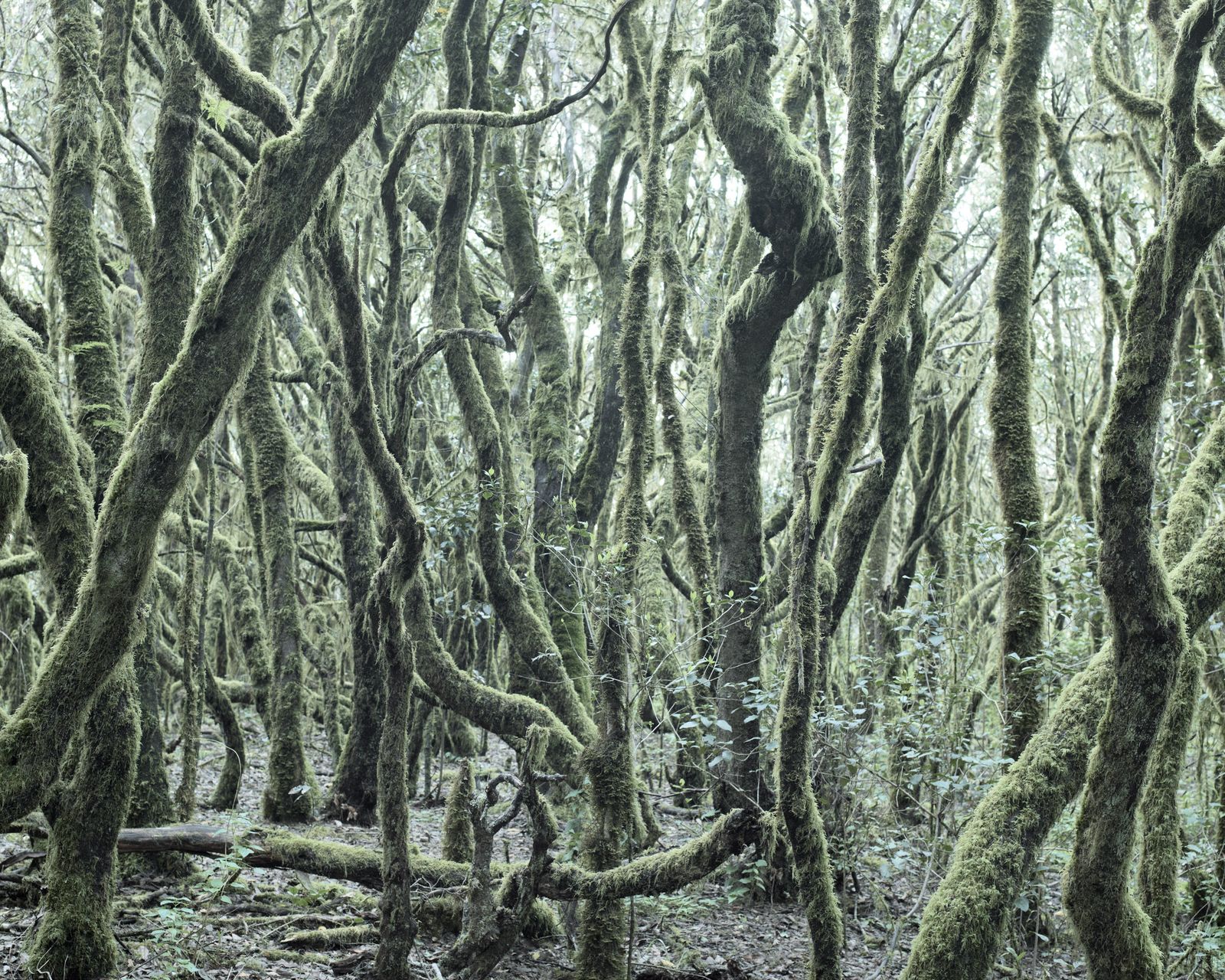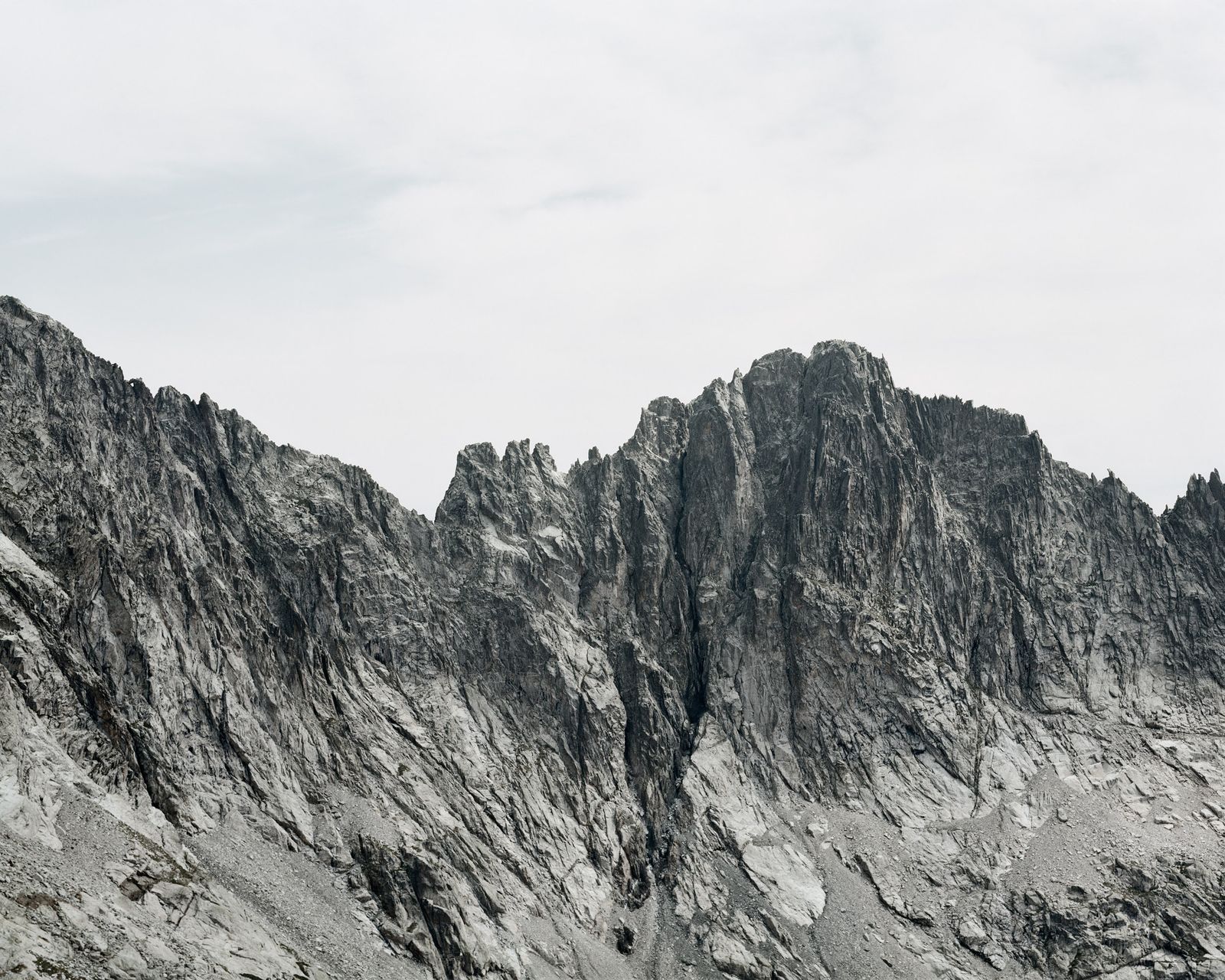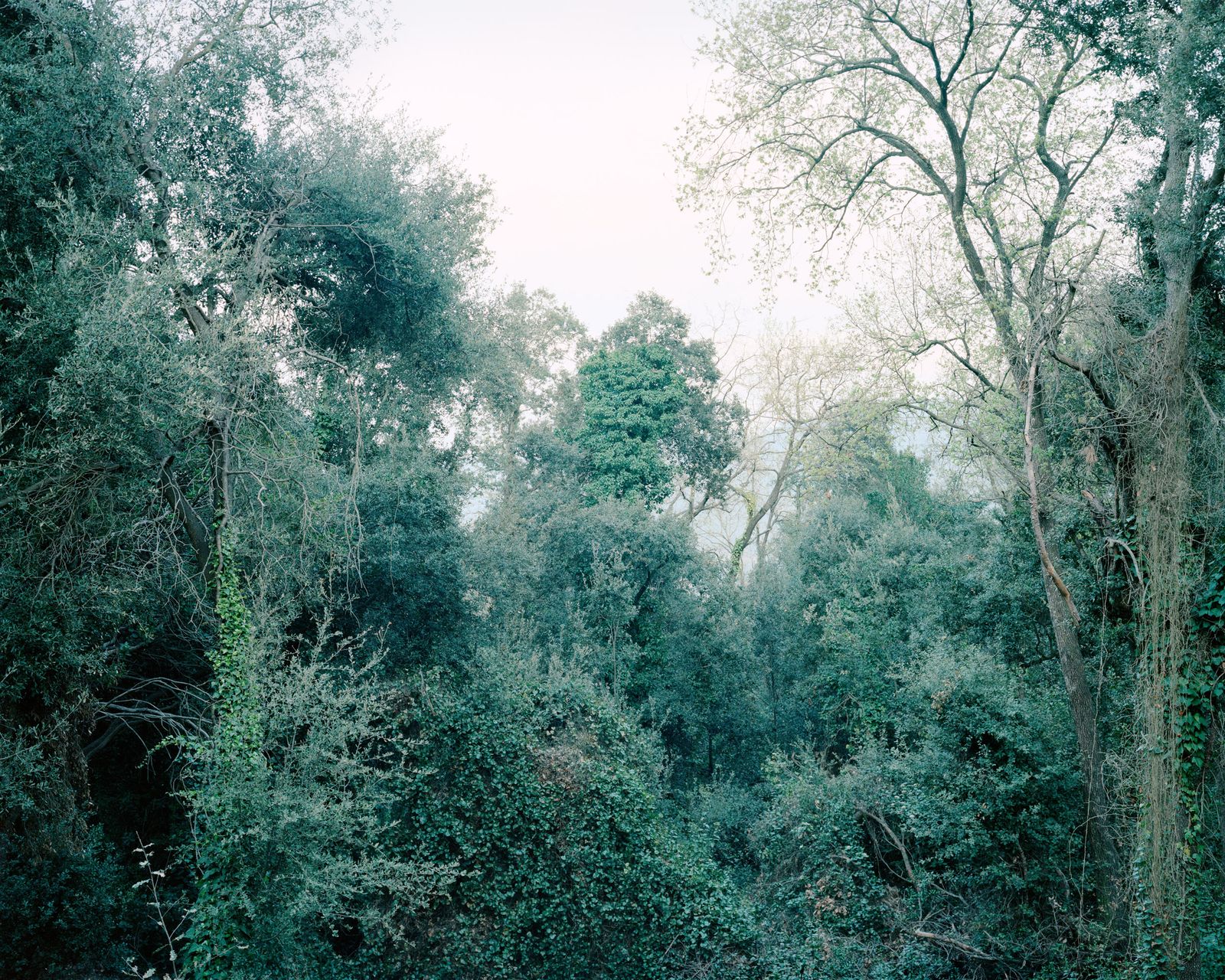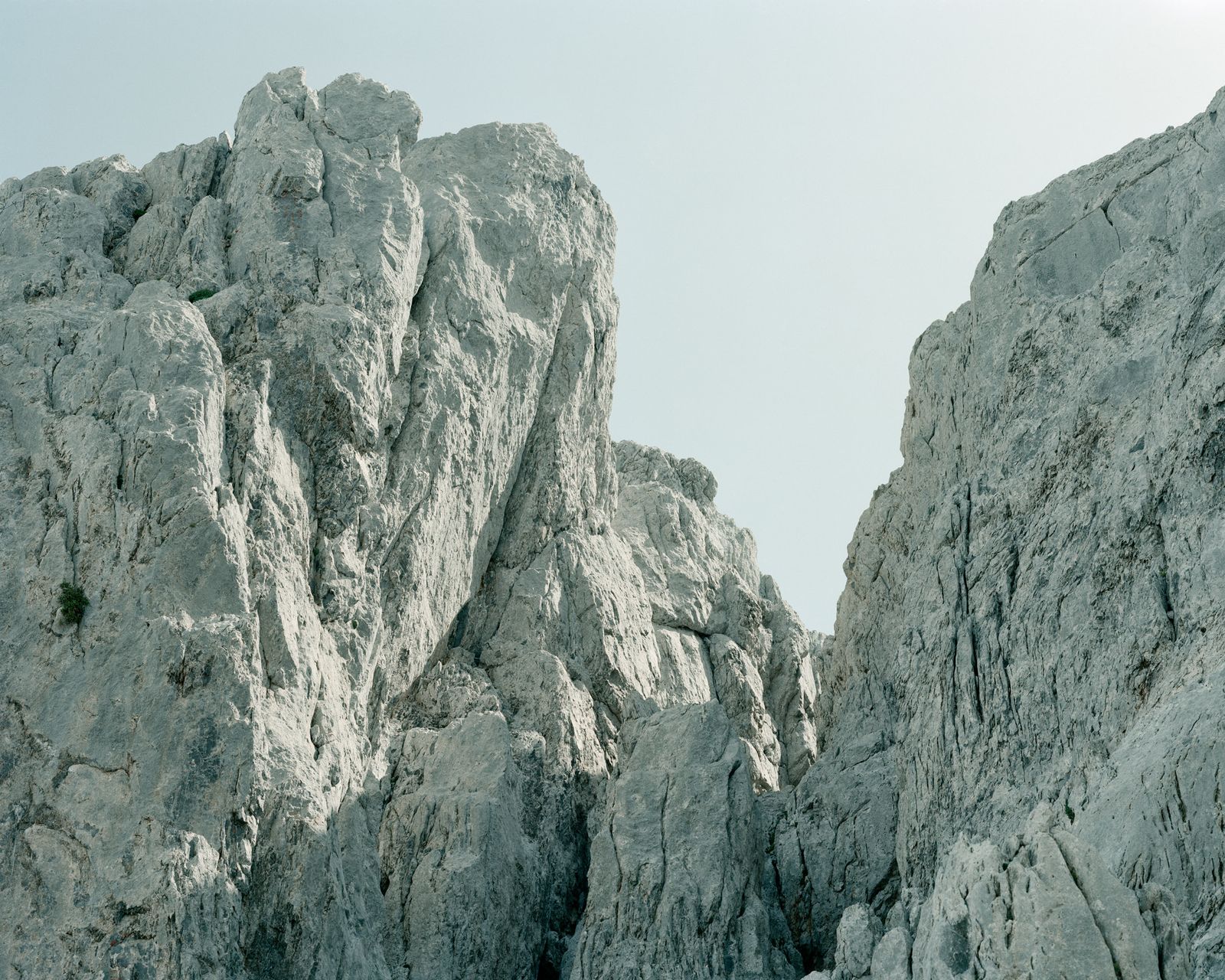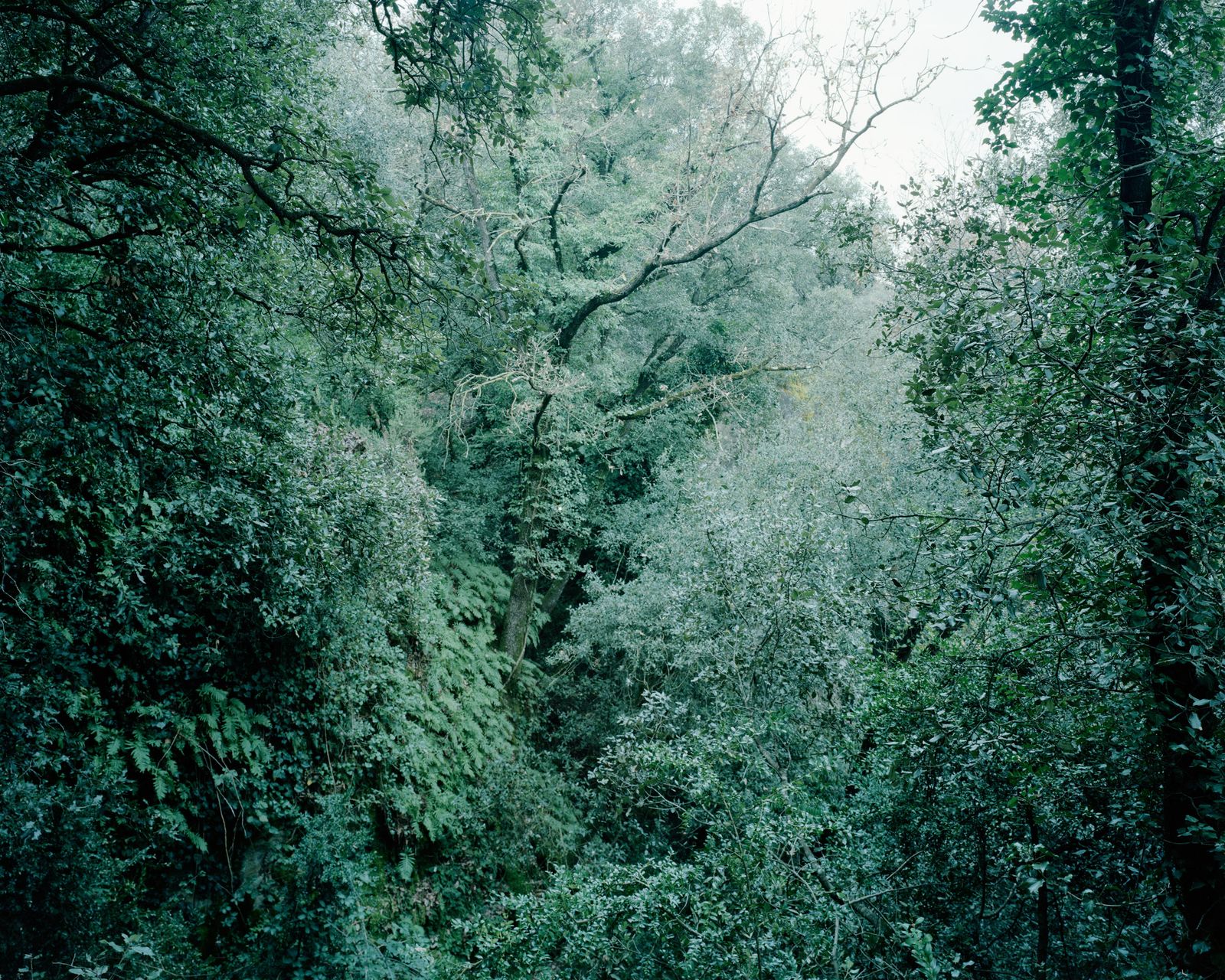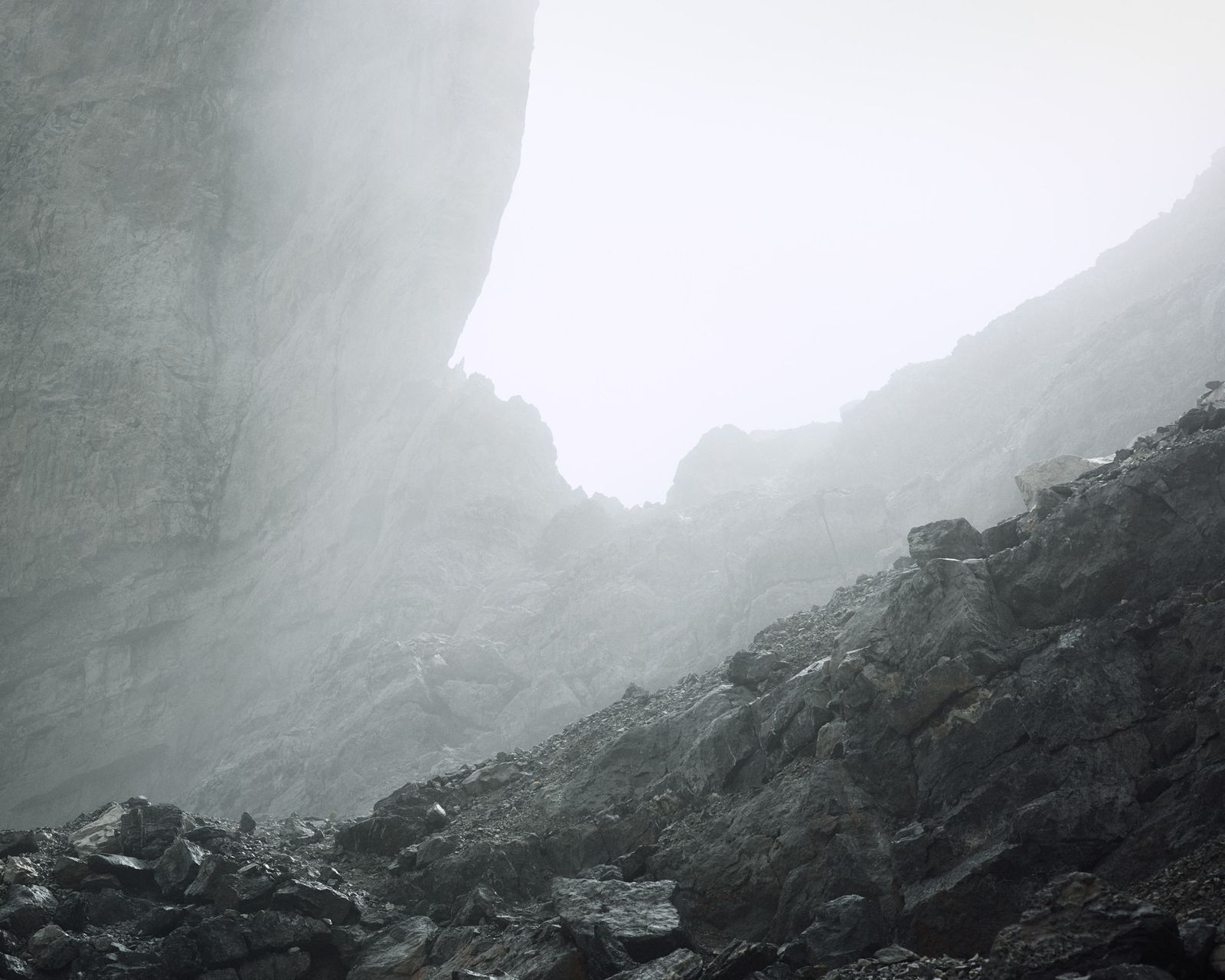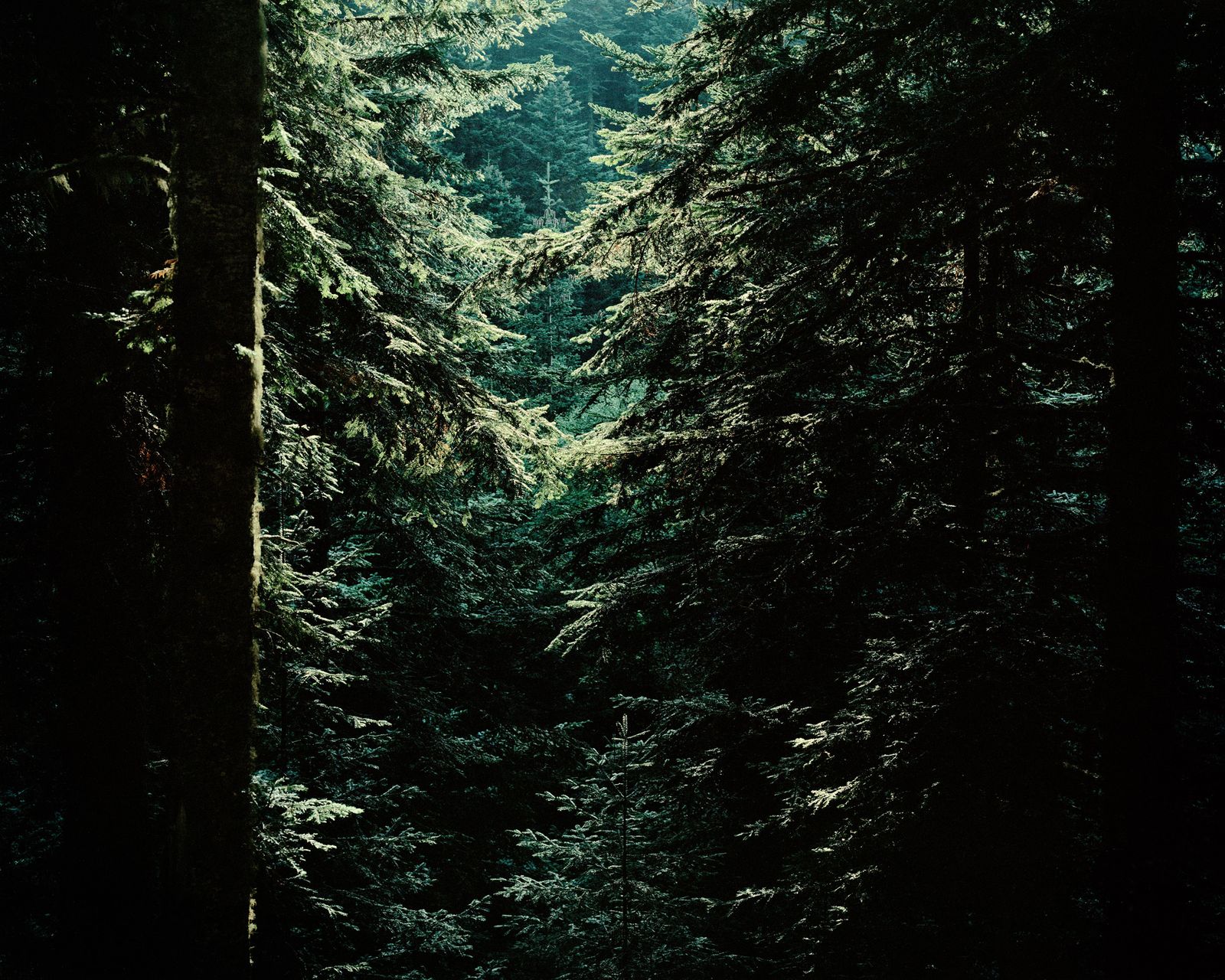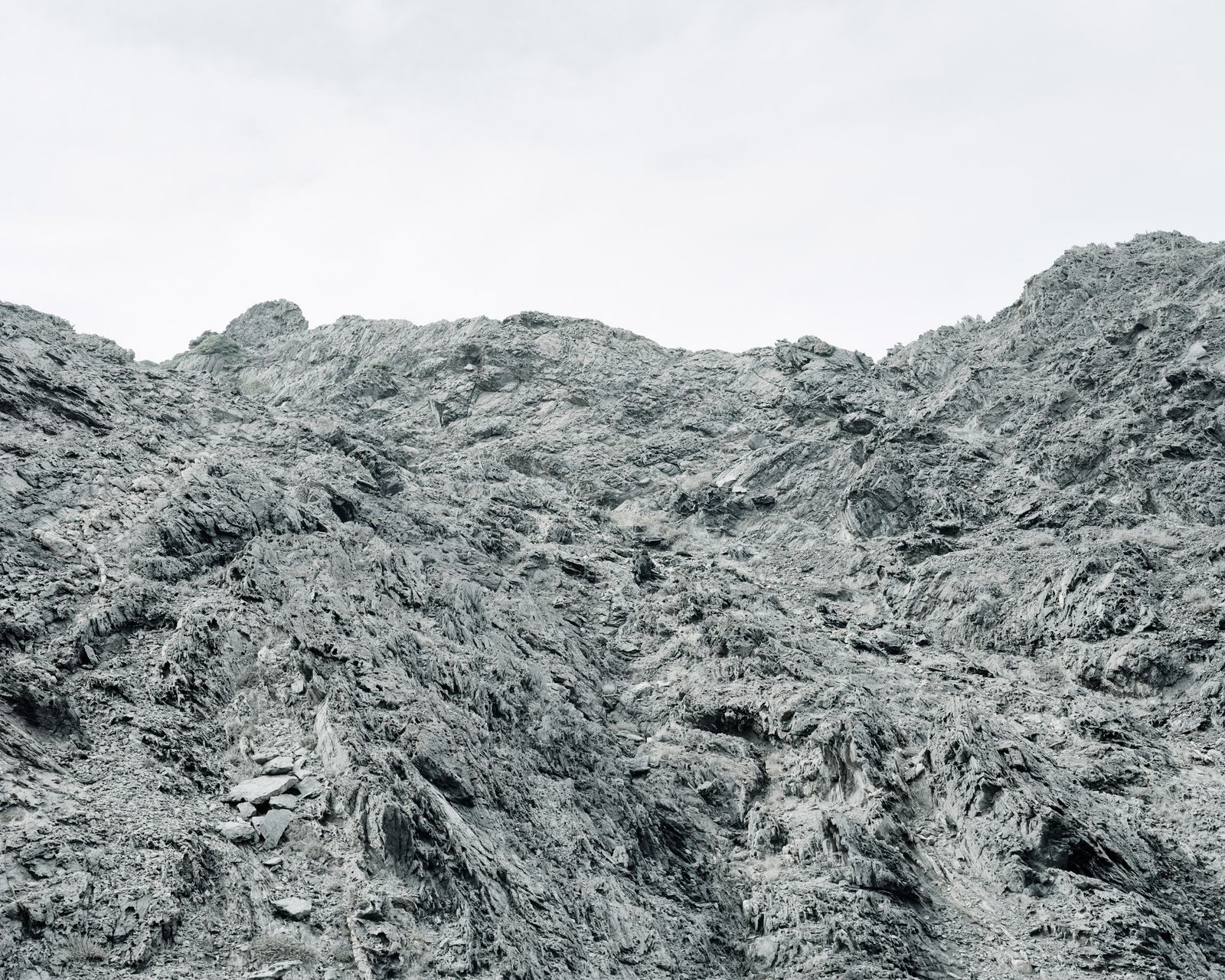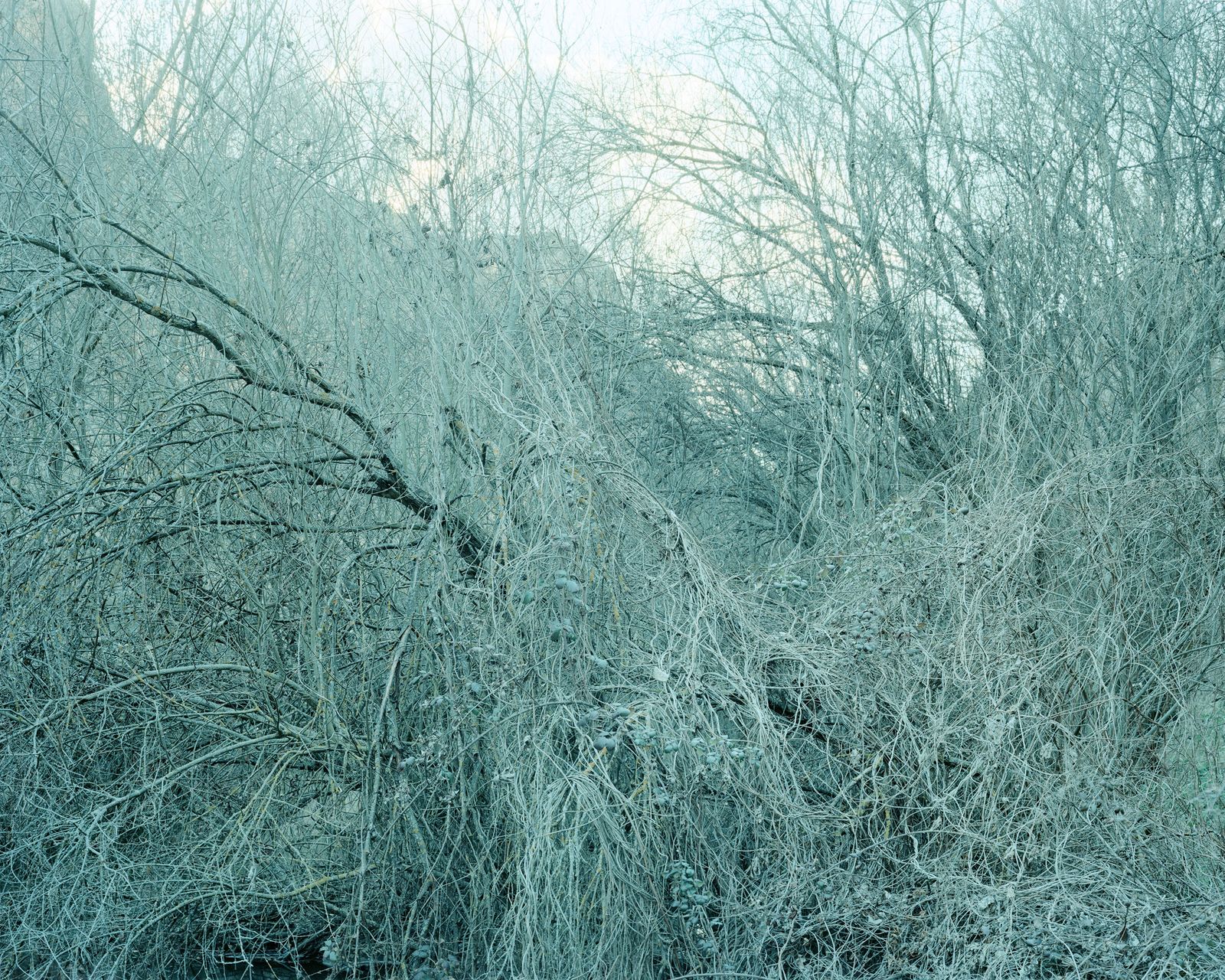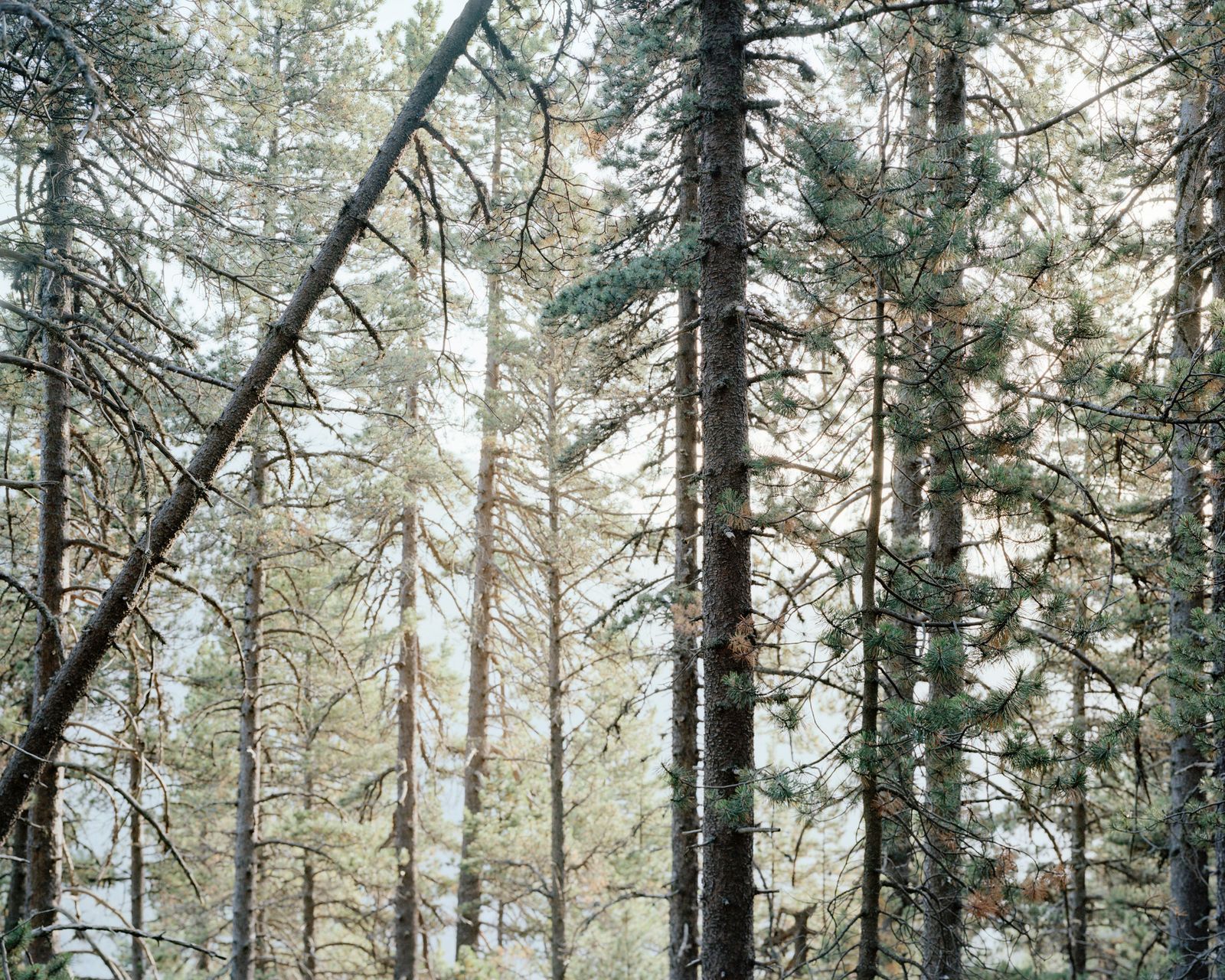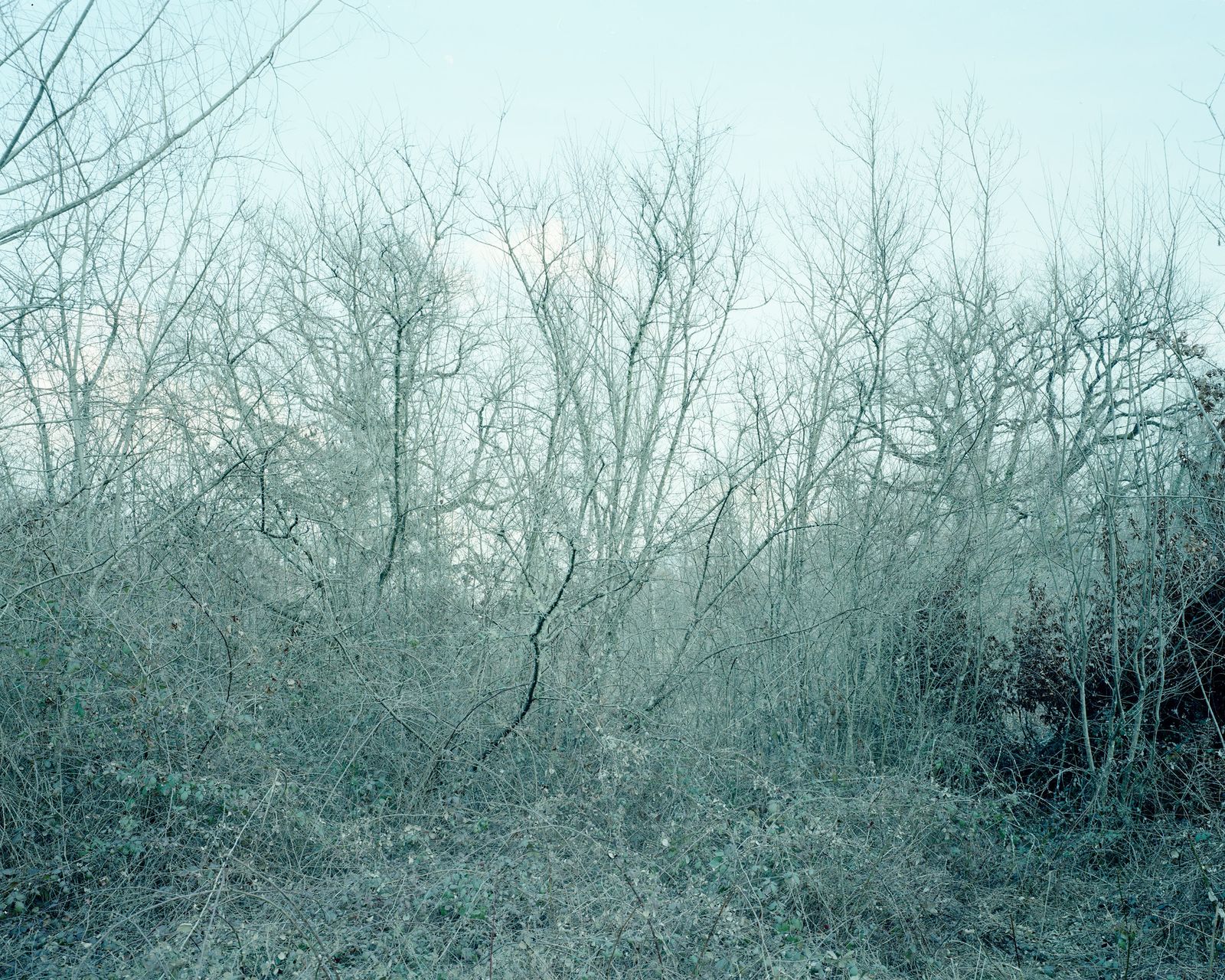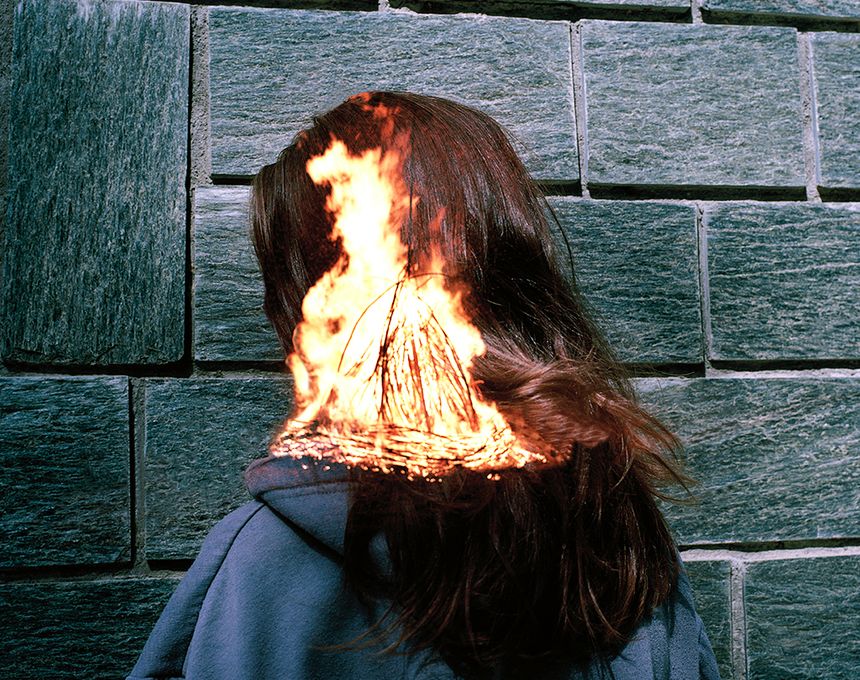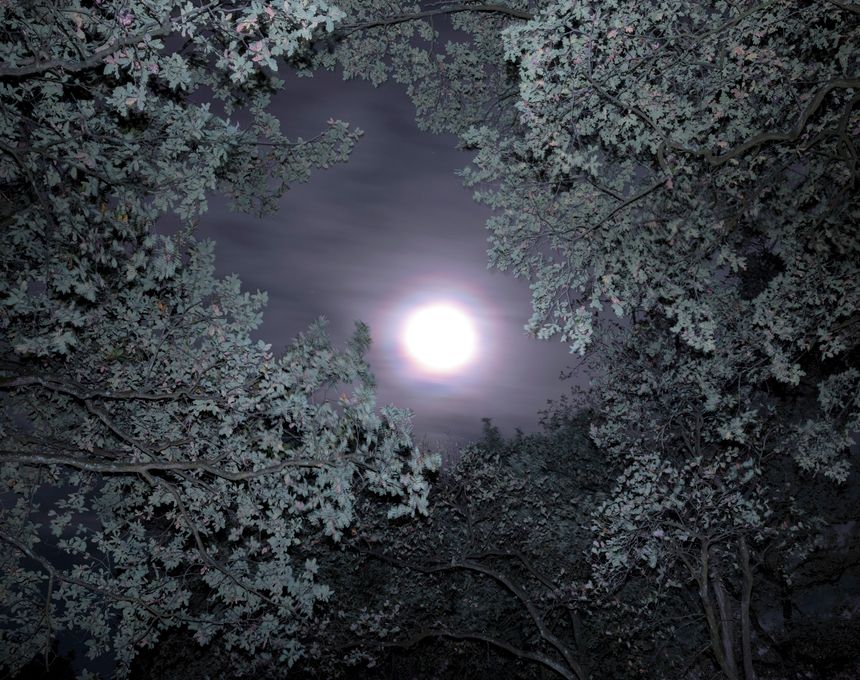Hierophanies
-
Dates2012 - 2013
-
Author
- Topics Landscape, Fine Art
The Hierophanies project constitutes an intellectual and empirical approach to the work of the Romanian philosopher Mircea Eliade, who coined this term to refer to an awareness on nature of the existence of the sacred.
The word hierophany was coined by the philosopher Mircea Eliade in his work Treatise on the History of Religions to refer to an awareness of the sacred when it manifests itself through various parts of our regular cosmos: a mountain, a forest, a river, etc. It is always the same mysterious act: the manifestation of something completely different, of a reality that does not belong to our world, in objects that form an integral part of our normal world.
All Hierophany involves a certain paradox. When manifesting the sacred an ordinary object becomes something else without ceasing to be itself. A sacred rock is still a rock; nothing distinguishes it from the other rocks. However, for those to whom that rock reveals itself to be sacred, their immediate reality is transmuted into a supernatural reality. In other words: for those who have a religious experience, nature in its totality is capable of revealing its cosmic sacredness. The entire Cosmos could become a hierophany.
It could be said that the history of religions, from the most primitive to the most elaborate, is made up of an accumulation of hierophanies, of the manifestations of sacred realities.
This photographic project analyzes, from an empirical and rational perspective, these natural spots that are considered sacred by different cultures. The concept of Hierophany allows us to approach these sites as investigators, in order to try to decipher the role that the landscape has played in our conception of religion.
It is also interesting to see evidence of the syncretism that occurred in many of these sites throughout history, from prehistoric forms of worship (cave paintings) to the New Age trends (telluric forces, LEY lines, UFO sightings) and including the religions of every culture that passed through these regions. There are places that have been sanctuaries for more than 5,000 years.
This series brings up several questions. Is there truly “something” about these places?; Dan nature be impregnated with this “something,” as many believe?; Does nature inspire religious feeling in mankind?’
